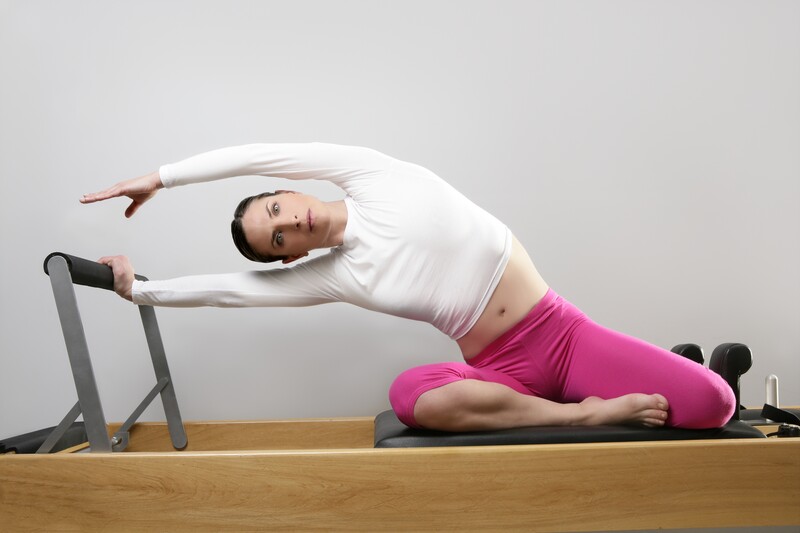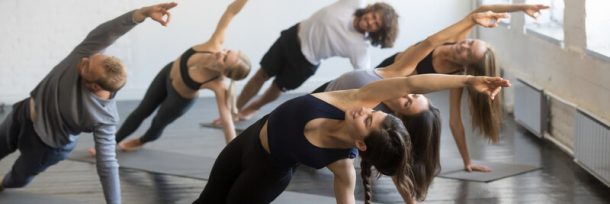Pilates for Seniors
November 17, 2021
With its emphasis on core muscles and endurance, you might think of Pilates as an exercise option for only young, fit people – and you wouldn’t be alone. However, Pilates is great for people of all ages and fitness levels, including seniors! From mat classes to reformer classes, Pilates can be adjusted for seniors to provide many of the exact health benefits that the aging body needs. Here’s what you need to know about these benefits and how Pilates can be adjusted for seniors.
Benefits of Pilates for Seniors
As with any person who goes through a Pilates course, seniors will find that their strength, especially their core strength, improves greatly. This newfound strength is key in helping seniors to complete daily tasks, remain agile, and maintain a sense of independence. However, it offers many other benefits that you may find surprising. Both the improved strength and exercise achieved through Pilates can provide:
- Increased circulation: As we exercise, we increase our circulation. Having more muscle mass will promote better circulation even when you’re just sitting still. Circulation provides its own benefits, including quicker and more complete healing. As seniors typically have slower healing times, this boost to circulation can be very beneficial.
- Improved balance and stability: Core muscles are some of the most essential muscles to help us correct from falls and remain more stable on our feet. Seniors are more prone to falls, especially if they do not have the core muscles needed to help correct themselves during a slip. You can reduce your odds of falling and injuring yourself by building core muscles.
- Increased mobility: Pilates can improve your overall range of motion. Tight muscles and tendons, along with old injuries and scar tissue, can reduce how far we can open or close our joints. Pilates exercises can help you to improve mobility and work to overcome these challenges. Your physiotherapist can guide you to the correct Pilates movements to help with your specific joint problems.
- Stronger posture: With improved core muscles comes better posture, both while sitting and standing. The core muscles can thus support the neck and back, sometimes even improving chronic pain.
- Reduced pain: Various kinds of chronic pain can be reduced through Pilates exercises. Arthritis, osteoporosis, joint issues, back pain and more can be addressed to give you a better quality of life.
- Reduced stress: All exercise reduces stress by releasing hormones that help to improve your mood. Pilates goes a step further by incorporating mindfulness principles that can help you to soothe anxiety, challenge depression, and build a more positive mental state.
Pilates Adjustments for Seniors
You may be concerned that a particular condition you have prevents you from practicing Pilates. However, our instructors can adjust Pilates for almost all conditions and chronic issues that you might have. Some conditions that cause folks to worry when they’re thinking of trying Pilates, like osteoporosis and arthritis, can actually be improved with the help of Pilates! The additional muscle mass and flexibility you gain during Pilates actually helps you to improve bone mass and resist the effects of osteoporosis. Pilates movements can also help to reduce the pain from arthritis and other chronic conditions! If you’re unsure of how Pilates can help you, reach out to us at ABsolute Pilates to discuss it with one of our trained professionals.








